Jim’s Horn HouseJames Phillips (1948 - 2023)
Extant
Three Forks, Montana, 59752, United States
It's currently unclear if visitors can access the site.
About the Artist/Site
“The year was 1958 and I, as a ten-year-old, took a short walk from my parents’ homemade trailer up a creek into the timber. I stumbled onto an old set of elk antlers and packed them back to camp. A few days later I hiked a little further and brought home a couple old white elk antlers. To this day, when I find a shed I get the same rush as I did then. Antler hunting is in my blood.”
Also in his blood is collecting; his mother’s aunt was a collector of Indian artifacts and arrowheads, and as the oldest of his family’s sons, he would accompany her out on her collecting trips, in case he would need to help her drive home later (sitting on a pillow, but with difficulty working the clutch). He credits her with not only teaching him the love of hunting, but also of reading history in the woods and the artifacts, and in taking the time to evaluate and treasure each find.
In the age where anyone who wants to mount a collection of antlers can purchase truckloads of them, Phillips remains an anomaly: in over fifty years, he has never purchased a single one. Except for a few that were given to him, and those that he traded out from his own collection to obtain more unusual specimens, he packed every one of the sheds and racks out of the mountains himself, stacking and intertwining them to carry them out on foot, without a horse, a sniffing dog, a four-wheel-drive, or a four-wheeler. On a recent collecting trip, he hiked 14 hours, covered 26 miles, and found 11 sets; in this way, he has amassed over 16,000. He does occasionally sell them, however, and during the 1980s he sold 600 brown elk and 1500 deer sheds to put his three daughters through college. Since 1969 he has kept strict records on his antlers, noting type, size, and where they were collected.
He has mounted them in stacks (up to 16’ tall, limited only by ladder size), or in arches, both forms created by intertwining the antlers and wiring them together. Usually he would leave the stacks or arches up for several years and then would tear them down, then using the antlers to create another form. Originally Phillips had most of them stored in a shed, but he wanted to display them in a more expansive way so they would be appreciated, as he appreciated the differences between each set, and believed that each had its own character and story.
He finally decided to arrange them in a separate space, so he built a 30 x 64’ building constructed from recycled lumber recycled from the demolition of the old Main Street grocery store; the tongue-and-groove flooring was used for the table tops. The images of the rising and setting suns on the long east and west walls include elements of local petrified wood, and embedded in the rock work are different types of calcite that Phillips recovered from the local talc mine (where he also worked). All of the rock work also has elk antler burrs (the base of the antler that is shed each year), but only those that were either too chewed or decayed to display separately. Among other images are two Egyptian-style dog heads (north wall) and two arrowhead shapes (south wall), although by now they are mostly hidden by the antlers; the display tables and poles also reveal special designs. And even the walking path through the interior is local sandstone laid out in a pattern, hauled in one pickup-load at a time.
While it took Phillips two years to complete the interior of the building, he installed the antlers in only a couple of months. He has arranged them in patterns according to color and size. But he is also intrigued by the history that each antler reveals about the life of the animal. He can determine whether the animal was injured, and how such factors as disease, nutrition, and the animal’s age would impact the form of the antlers, many of which do not correspond to what we might consider “normal.” The impact of the interior of this building is extraordinary; not only are antlers stacked on the floors, ceilings, poles, and walls, but they are arranged with a careful eye to color, shape, and form. The curving, twisting forms, stretching out in all directions, create a powerful sensation of movement; one cannot help being astonished by the complexity and beauty of the installation.
Phillips, known as the Antler Man, is delighted to show visitors his installations if he is at home and not hiking out looking for more antlers. It is free and open to the public. “I have realized, as would a high jumper, that I will never reach a certain height or amount. I will always have to raise the bar another level. First it was a thousand, then five thousand and then ten thousand. Now I’m over 16,000 thousand and I know seventeen or eighteen thousand will not be enough. Still it’s not about obtaining a certain amount or having more than anyone else, so what is it about? After almost fifty years you would think that this compulsion would wane and that the process of aging or hopefully some maturing, or just a hint of common sense would dilute this compulsion, but it has only seemed to grow stronger. I keep searching under the next sagebrush, behind the next tree, down in the next draw, over the next ridge, or around the next mountain. Searching, always searching.”
~Jo Farb Hernández, 2016
Update: Jim Phillips passed away in 2023. It is currently unclear if visitors can access the site.
Contributors
Materials
found deer antlers
Map & Site Information
Three Forks, Montana, 59752
us
Latitude/Longitude: 45.892428 / -111.5521925
Nearby Environments


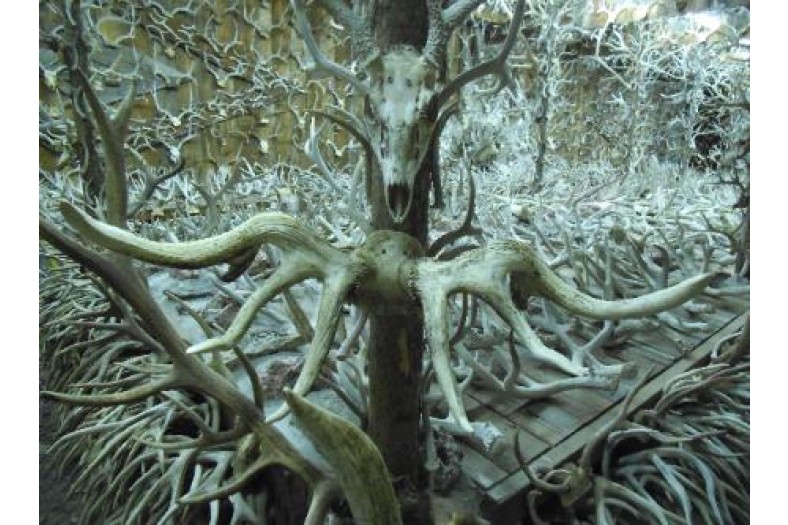
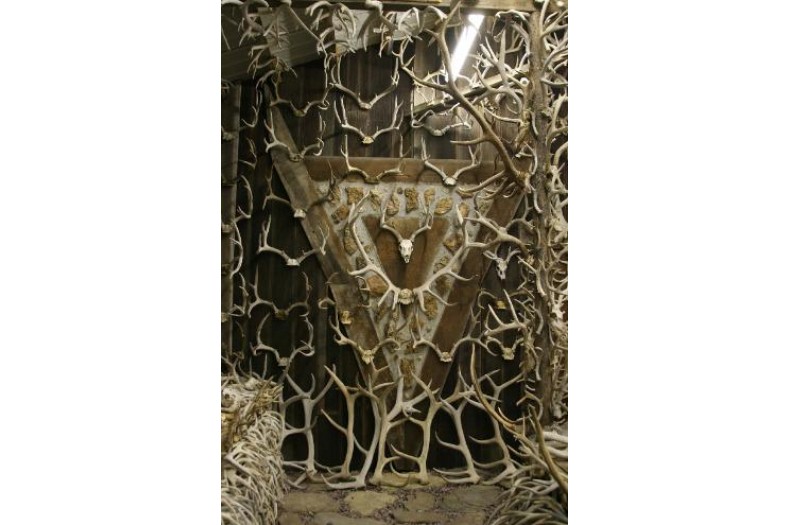
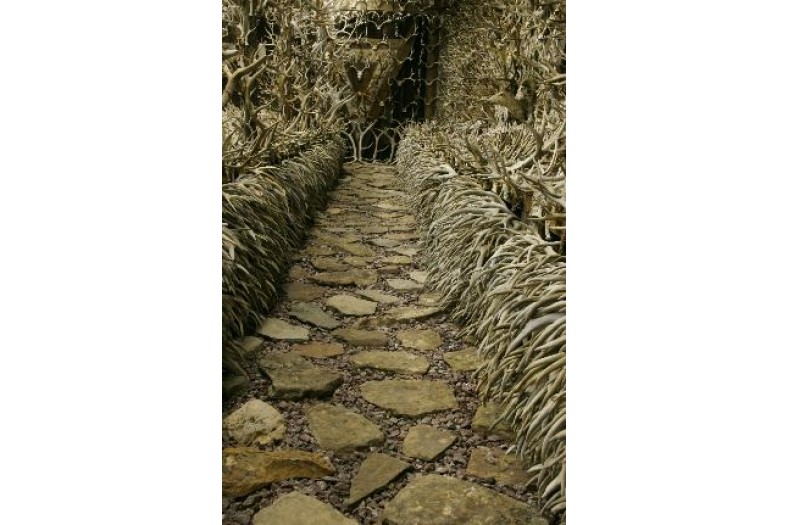
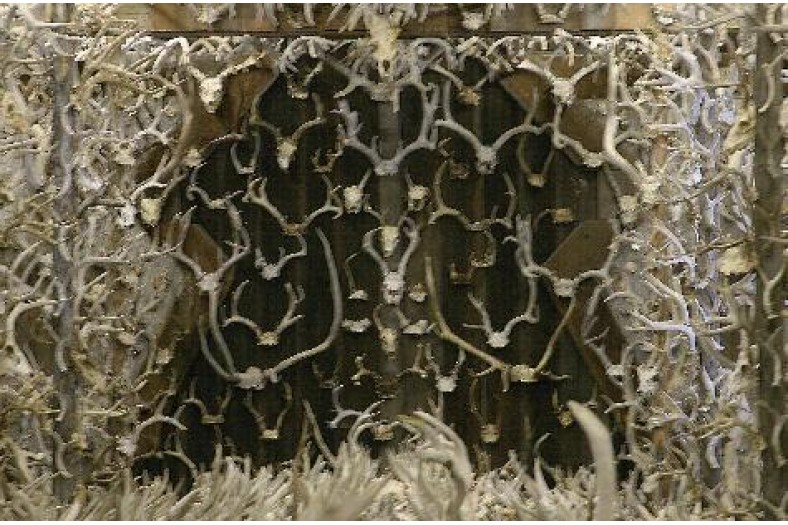
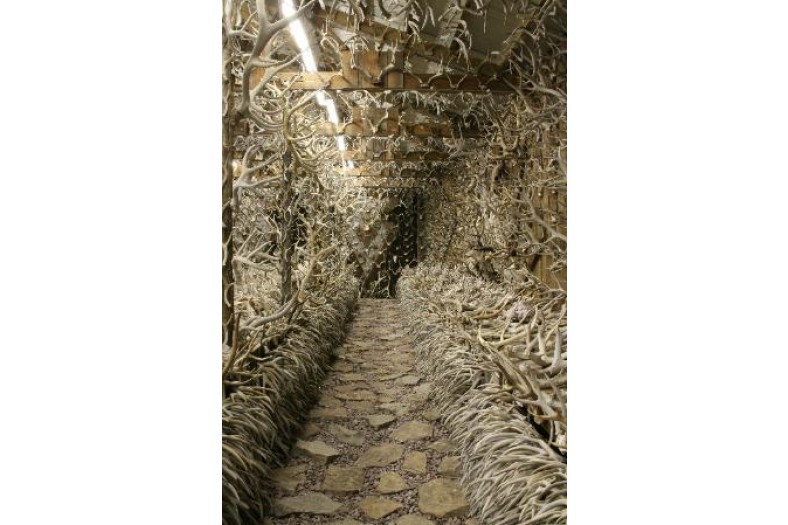
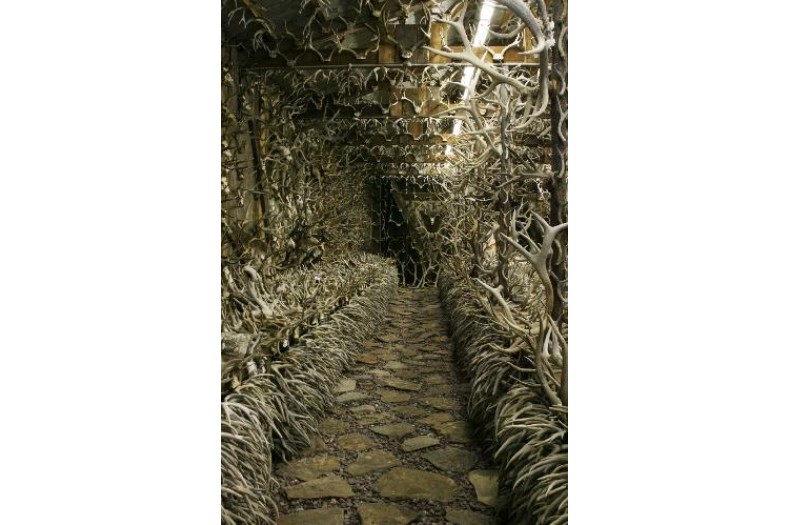
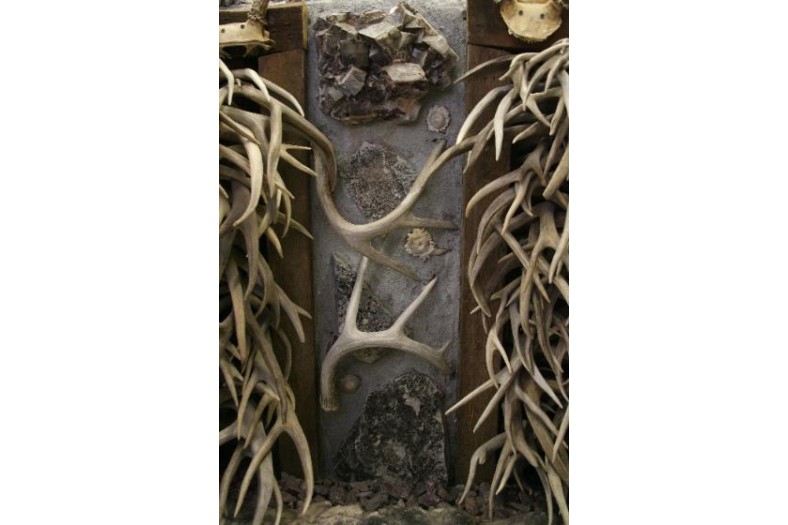
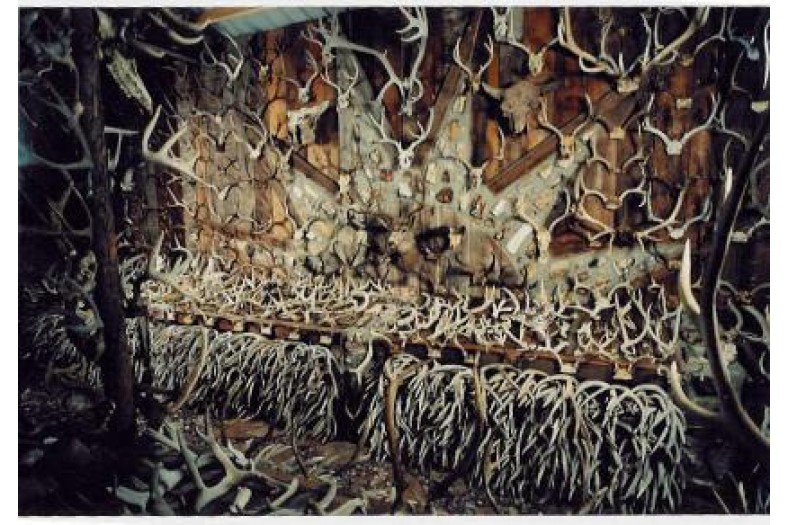
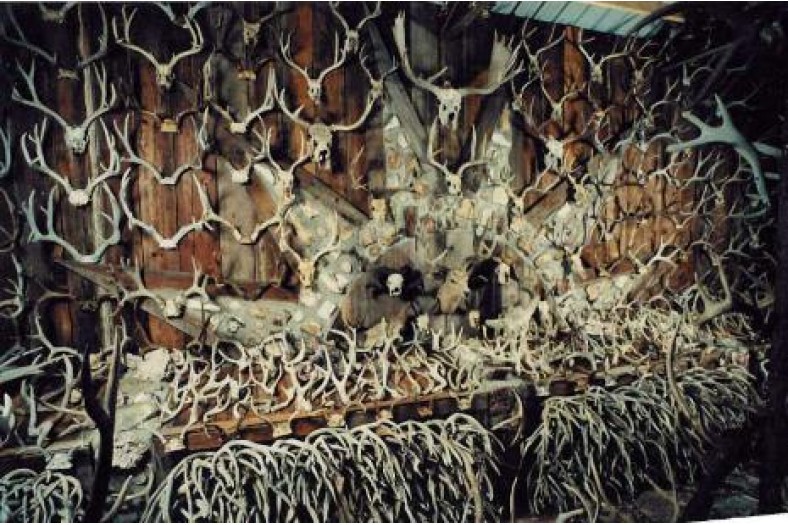
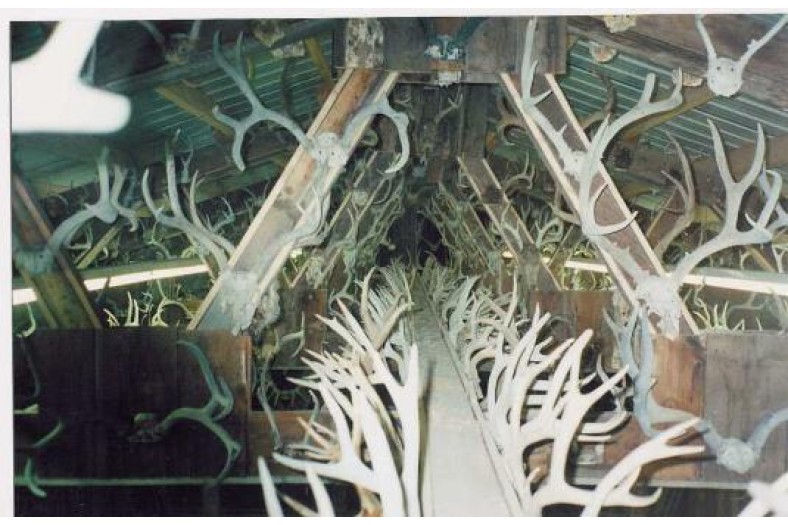
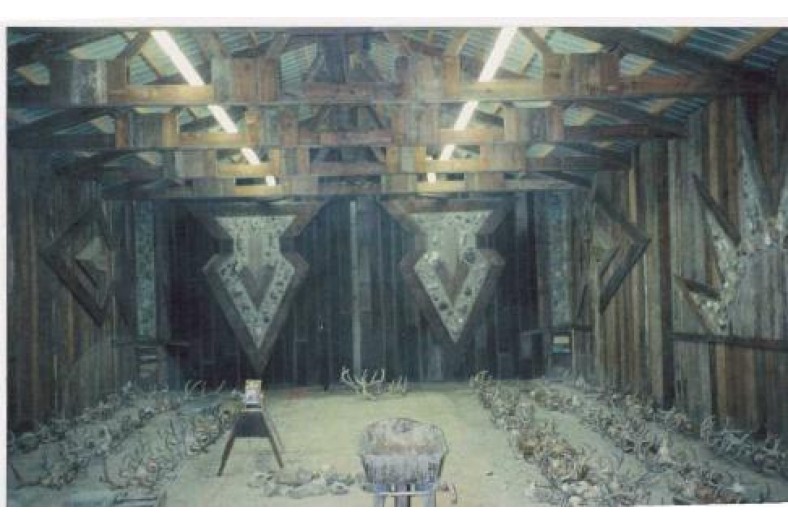
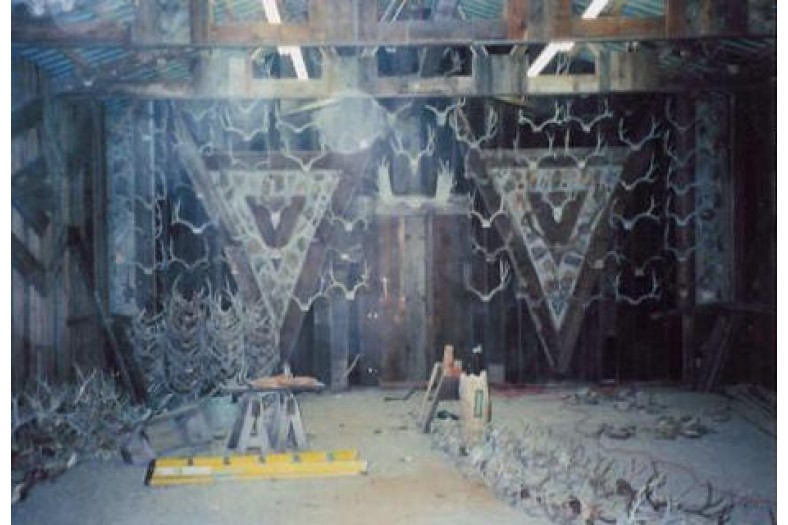
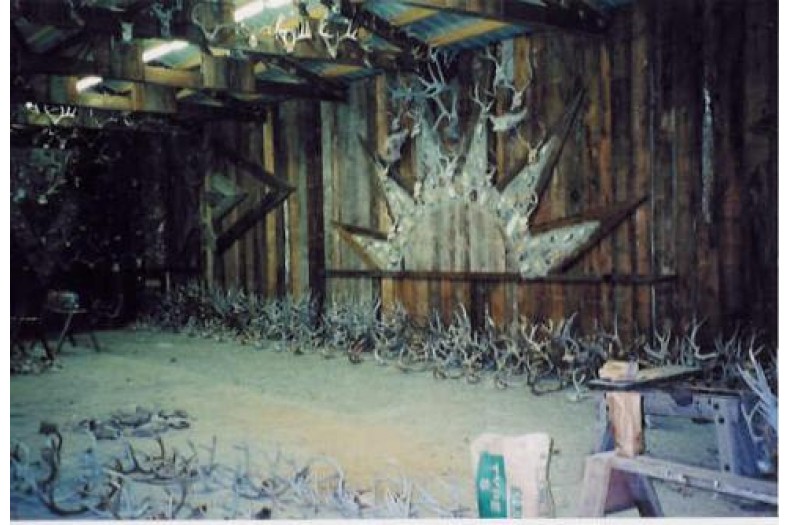
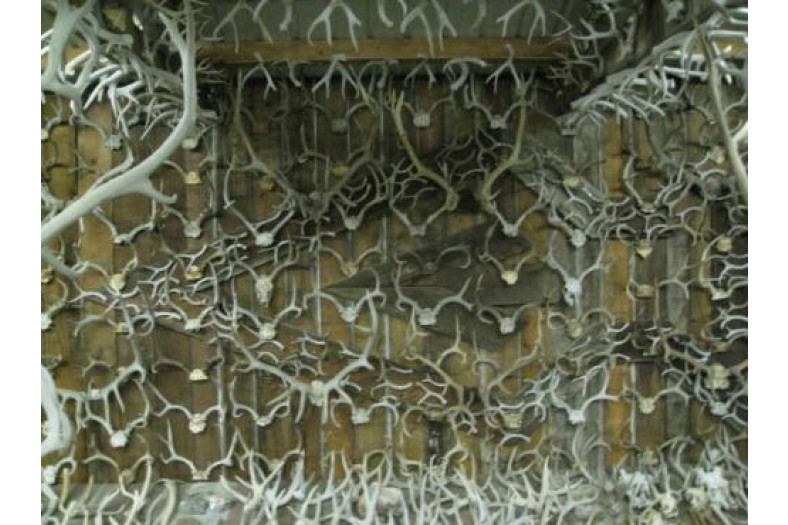
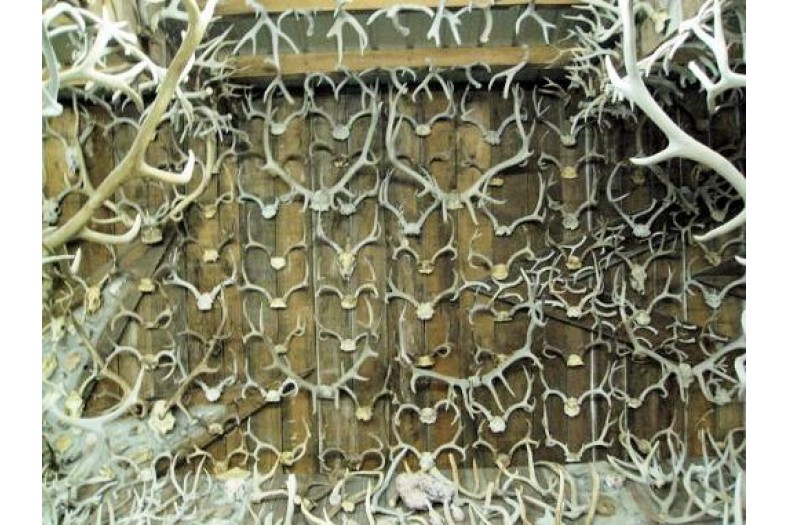
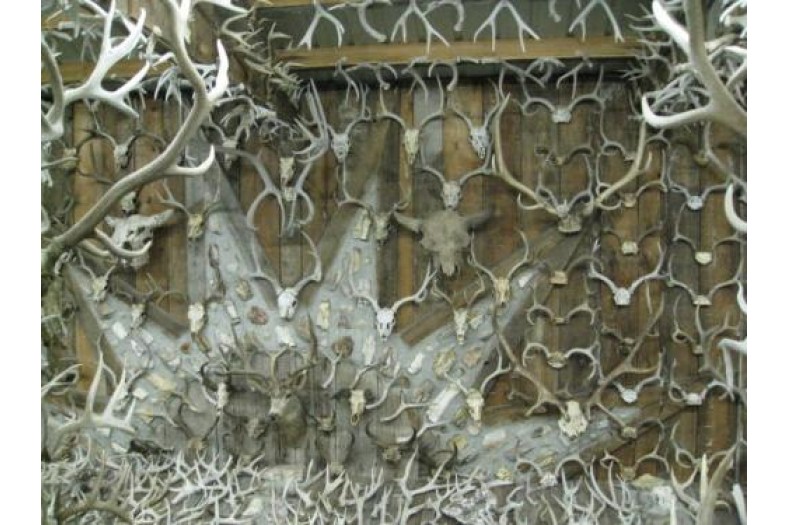
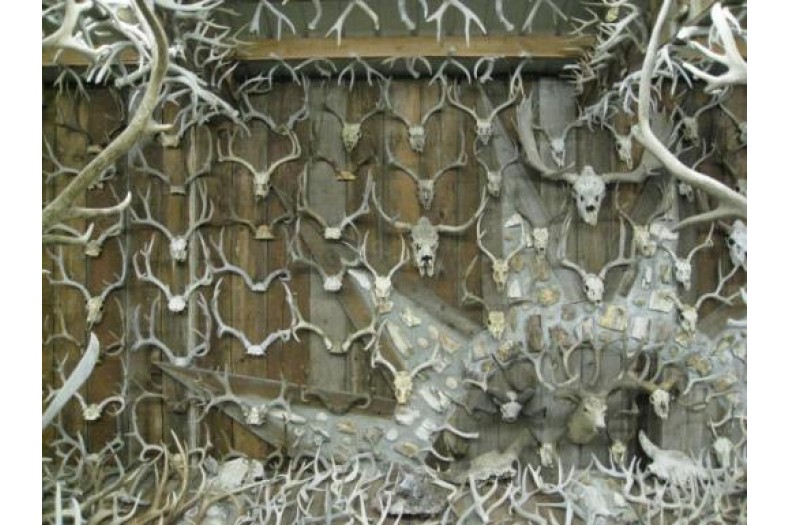
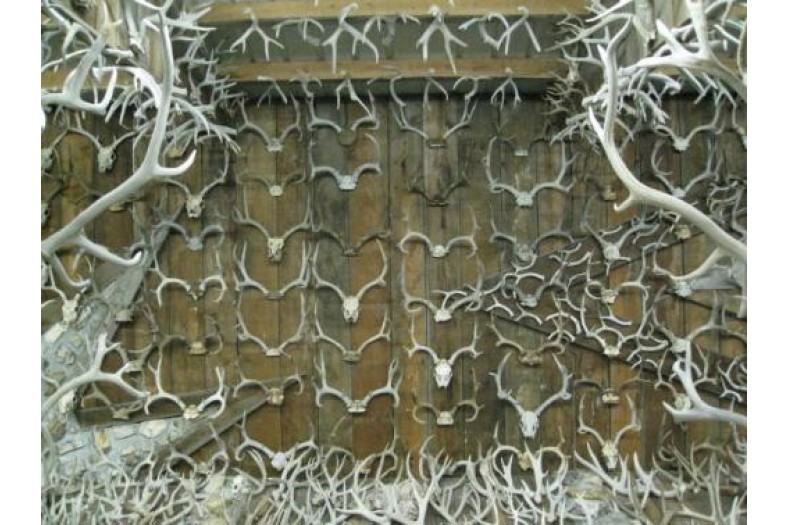
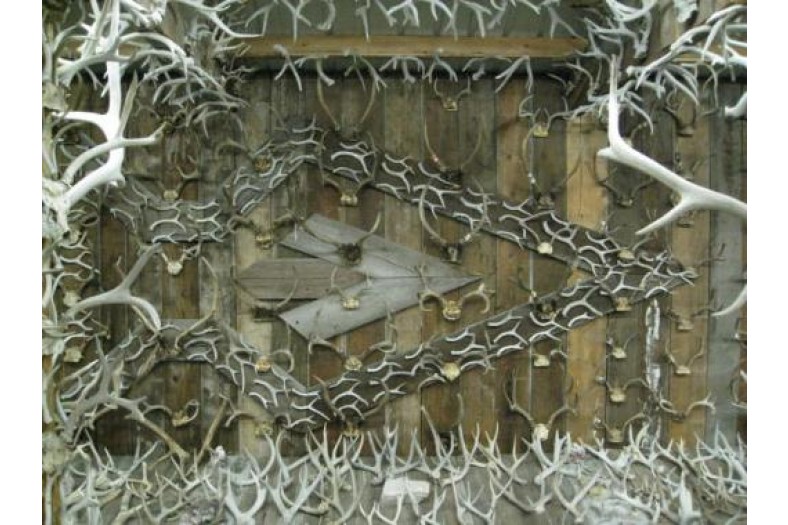
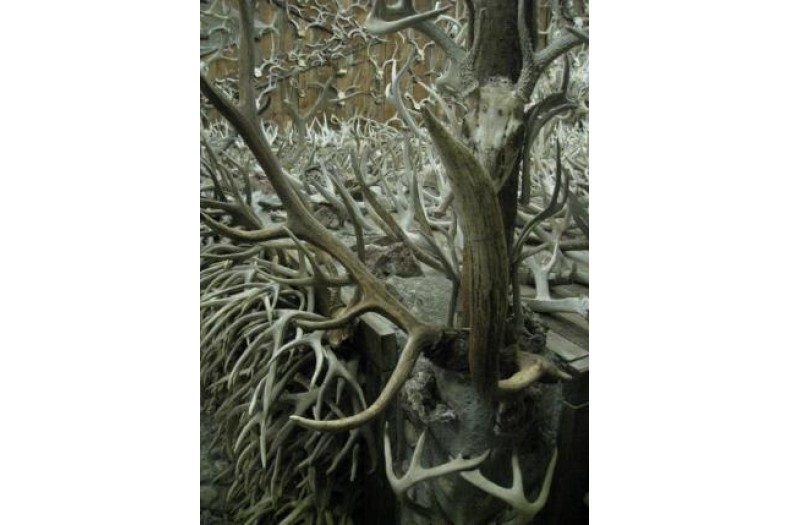
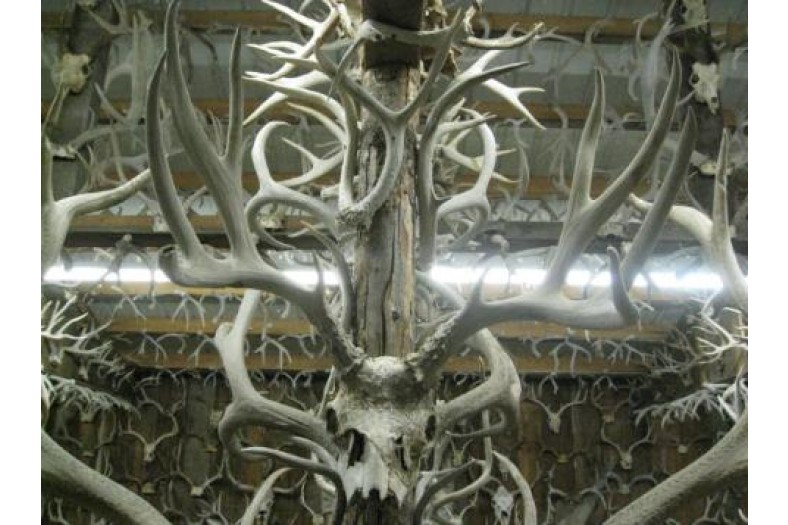
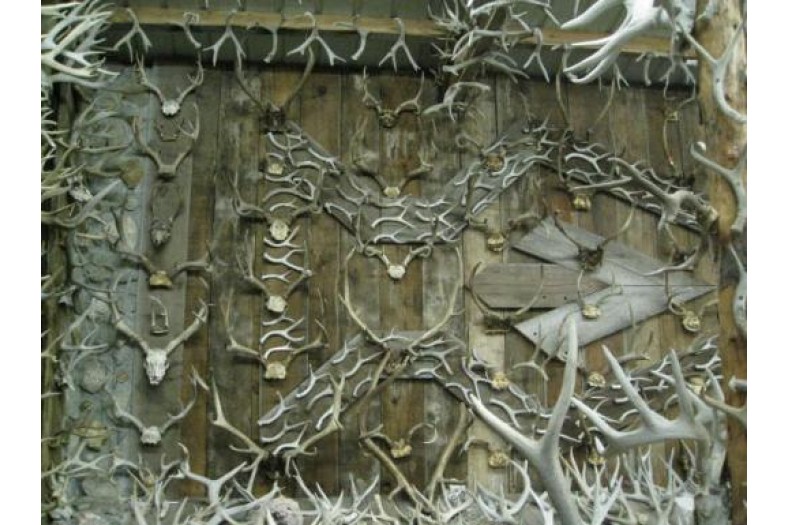
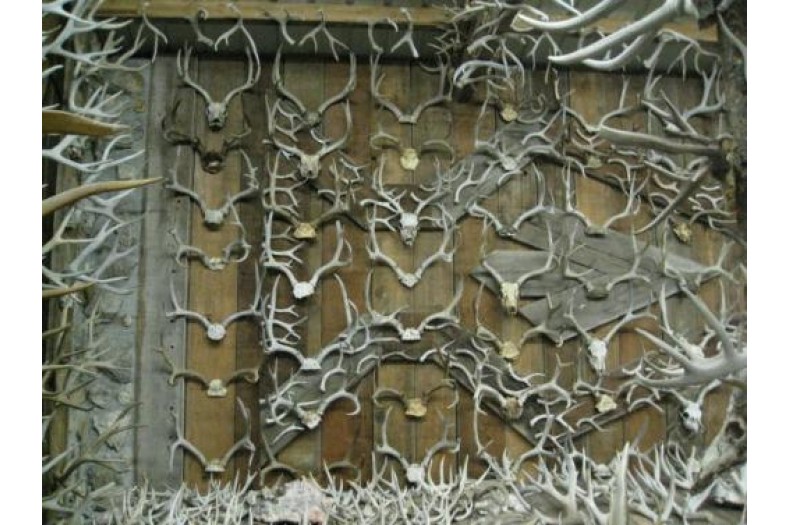
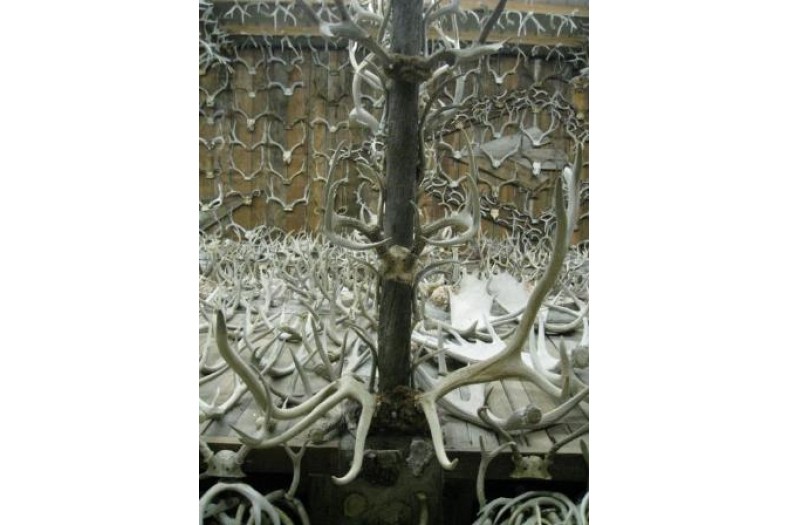
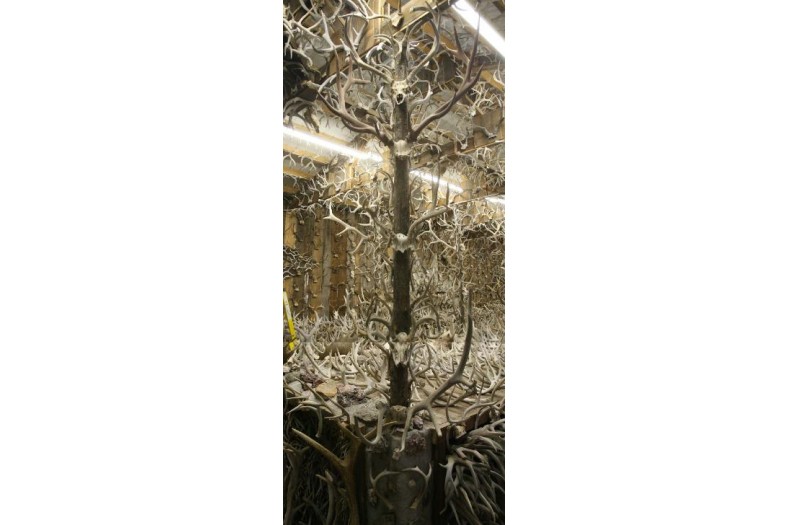
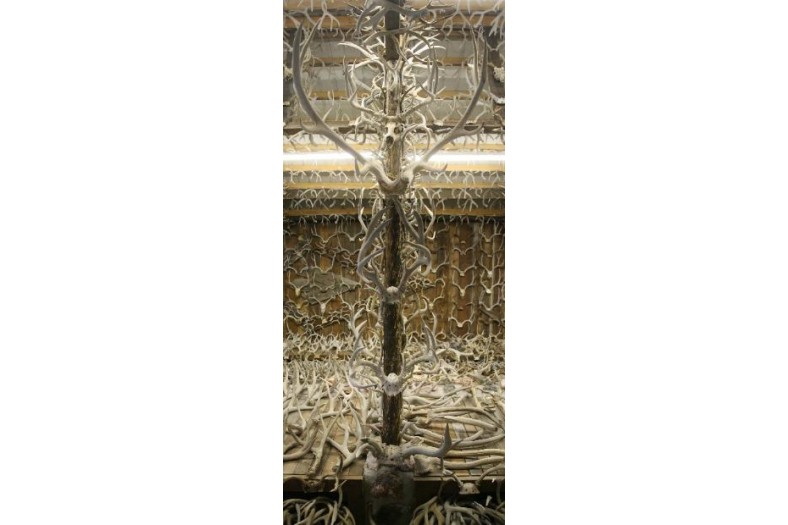
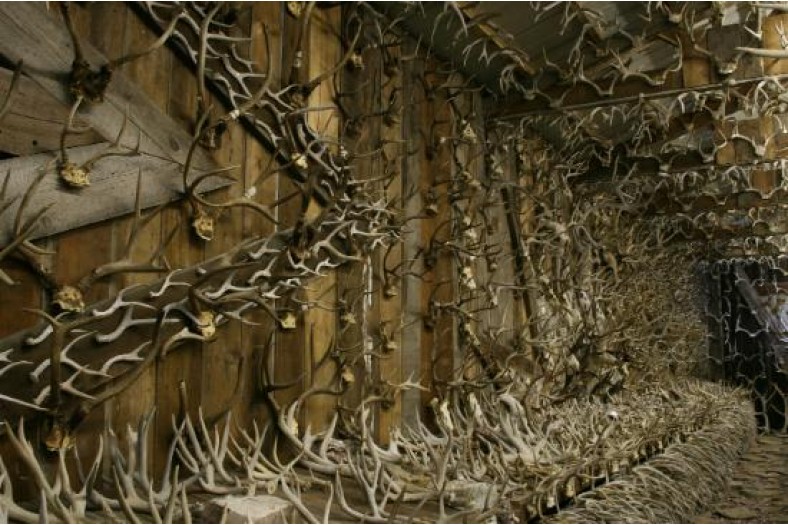
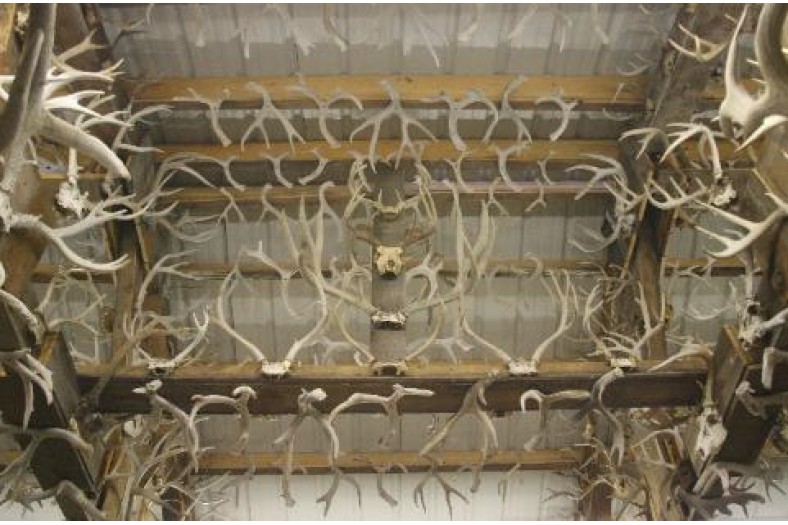
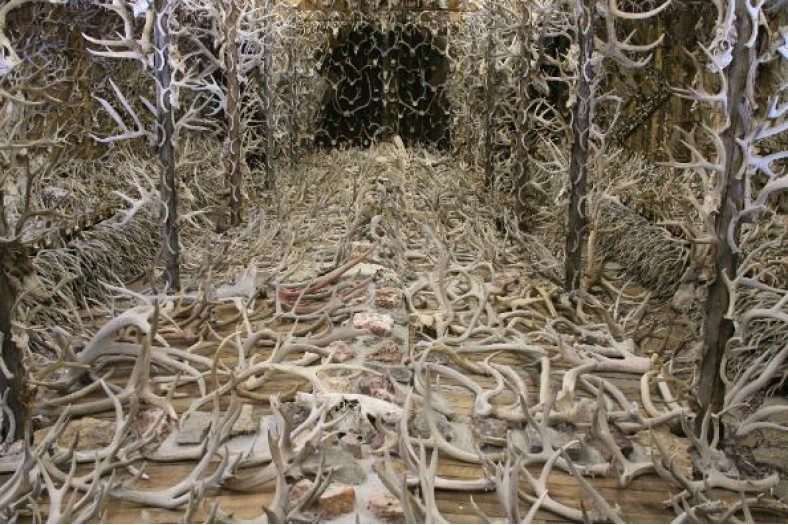
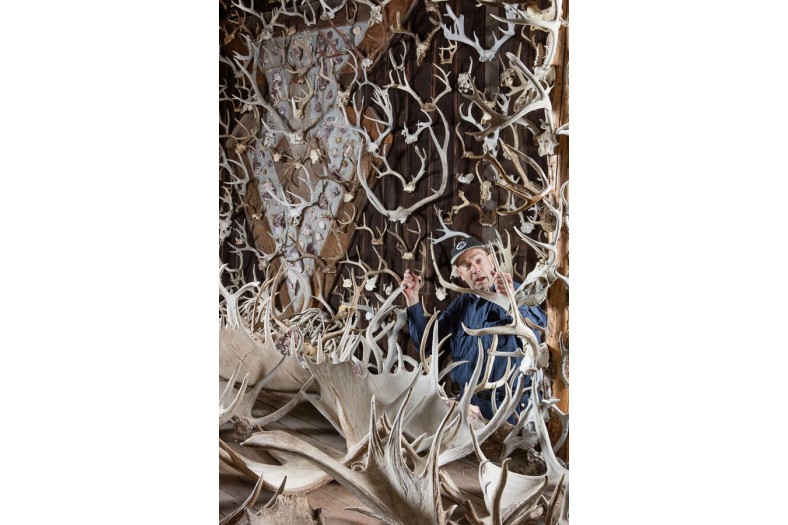
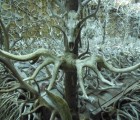
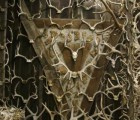
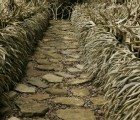
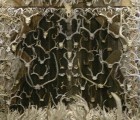
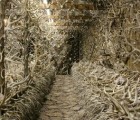
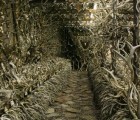
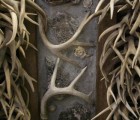
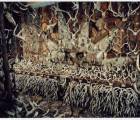
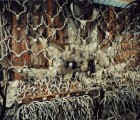
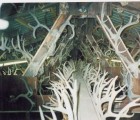
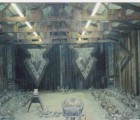
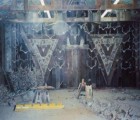
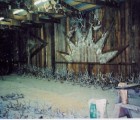
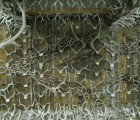
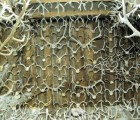
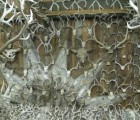
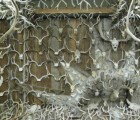
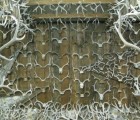
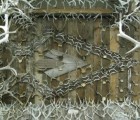
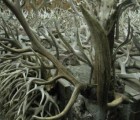
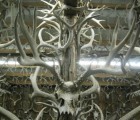
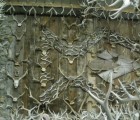
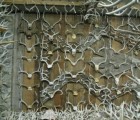
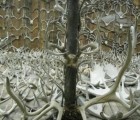
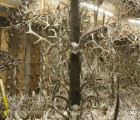
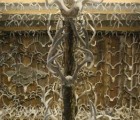
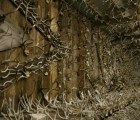
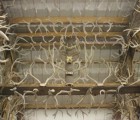
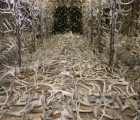
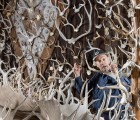
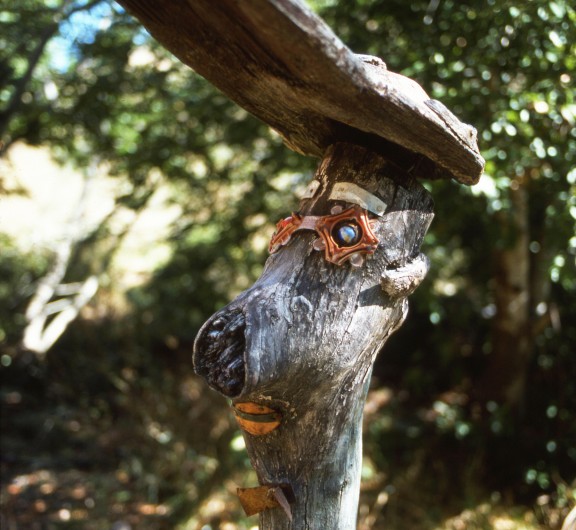
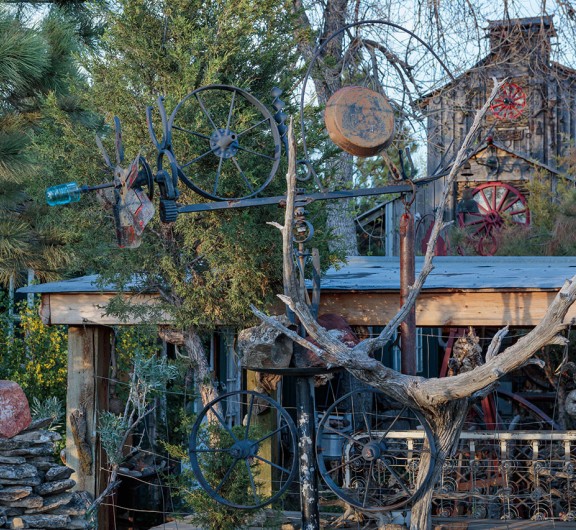

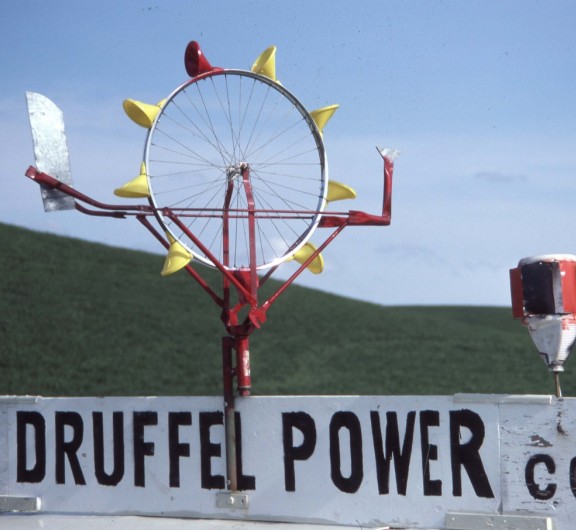
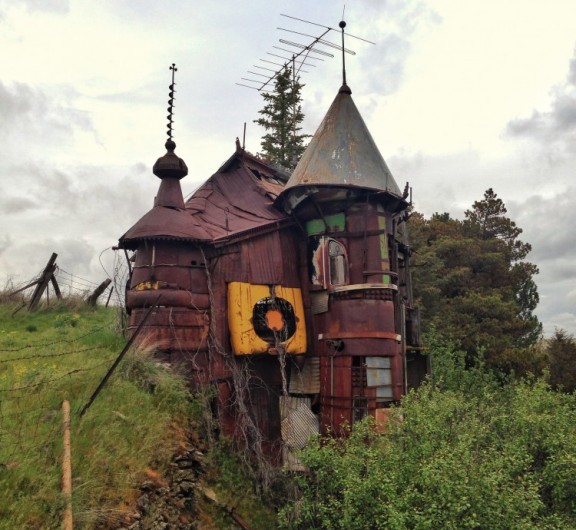


Post your comment
Comments
No one has commented on this page yet.